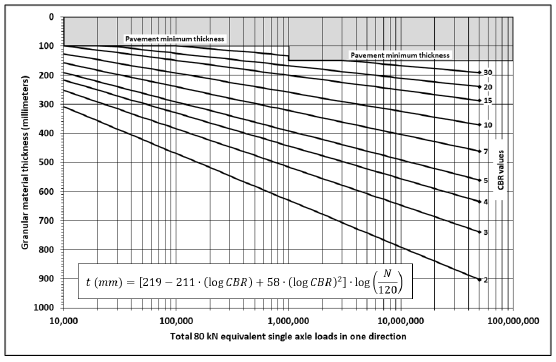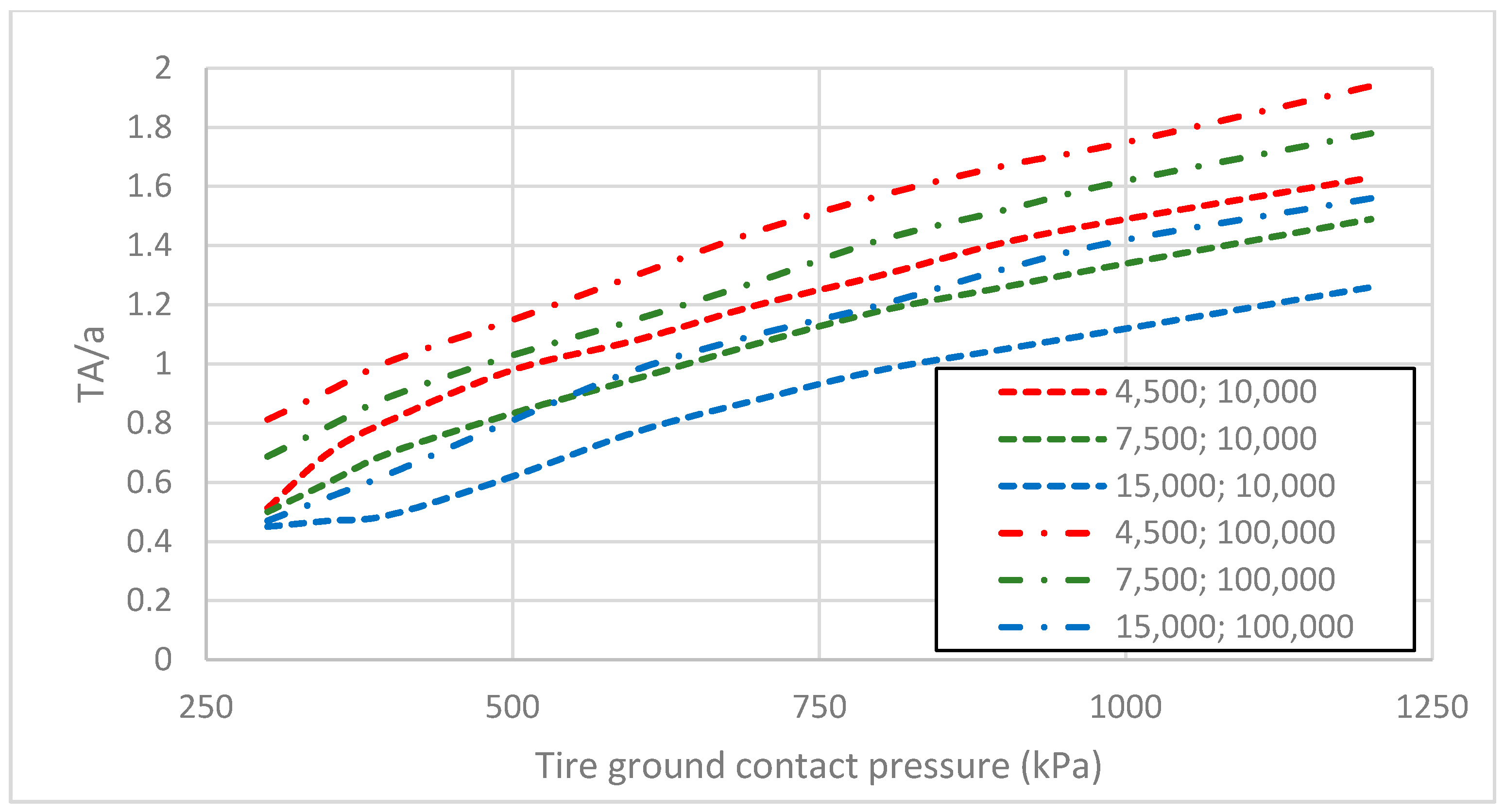

Table 2: Example of Asphalt Institute Conversion Factors for Estimating Thickness of Existing Pavement Components to Effective Thickness (after Asphalt Institute, 1983) Typical layer thickness Conversion Factors are shown in Table 2. The Effective Thickness of the complete pavement structure is the sum of the individual Effective Thicknesses. Third, the Effective Thickness for each layer is determined by multiplying the actual layer thickness by the appropriate Conversion Factor. Second, “Conversion Factors” are selected for each layer (judgment by the designer is very important at this point). First, the significant pavement layers are identified and their condition determined. One common Asphalt Institute approach is illustrated here.

AASHTO refers to effective thickness as D eff. The goal of this portion of the design method is to determine the “Effective Thickness (T e)” of the existing pavement structure. The design subgrade strength/stiffness is then selected from the plot according to Table 1 or similar criteria. Basically, this is a cumulative frequency plot. To do this, a plot is prepared of the percent equal to or greater than (y-axis) versus subgrade strength/stiffness test results (x-axis). If subgrade strength or stiffness test results are available, a conservative value is chosen as a function of the design traffic ( ESALs). These soils can be expected to retain a substantial amount of their strength when wet and include clean sands and sand-gravels. Typical properties are: M R = 80 MPa (12,000 psi), CBR = 8, R-value = 20. These soils can be expected to lose only a moderate amount of strength when wet. Include soils such as loams, silty sands, and sand-gravels which contain moderate amounts of clay and silt. Typical properties are: M R = 30 MPa (4,500 psi), CBR = 3, R-value = 6.

Soft and plastic when wet, generally composed of silts or clays. If test data in terms of M R, CBR, or R-value are not available, subgrades can be placed into one of three classes for design purposes as follows: Therefore CBR and R-values must be correlated to resilient modulus values. For actual design, the design strength of the subgrade must be characterized in terms of resilient modulus. The resilient modulus (M R), CBR or R-value tests appear to be the easiest to use with this procedure. It does not store any personal data.Subgrade material testing is encouraged even if original design records are available. The cookie is set by the GDPR Cookie Consent plugin and is used to store whether or not user has consented to the use of cookies. The cookie is used to store the user consent for the cookies in the category "Performance". This cookie is set by GDPR Cookie Consent plugin. The cookie is used to store the user consent for the cookies in the category "Other. The cookies is used to store the user consent for the cookies in the category "Necessary". The cookie is set by GDPR cookie consent to record the user consent for the cookies in the category "Functional". The cookie is used to store the user consent for the cookies in the category "Analytics". These cookies ensure basic functionalities and security features of the website, anonymously. Necessary cookies are absolutely essential for the website to function properly.


 0 kommentar(er)
0 kommentar(er)
